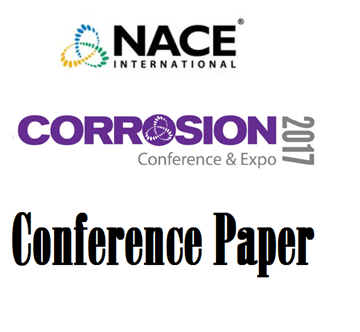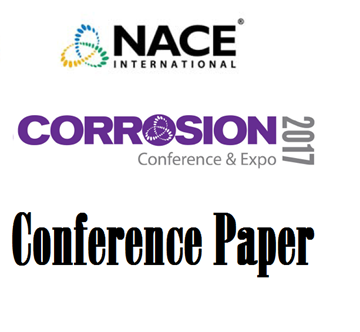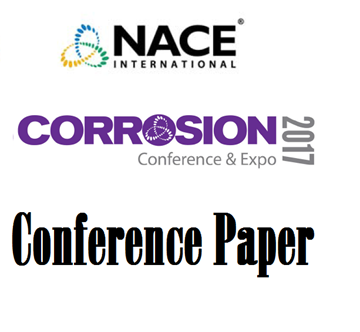Search
Products tagged with 'pitting corrosion'
View as
Sort by
Display
per page
Effect of Heat Treatment and Manufacturing Method on the Susceptibility to Hydrogen Induced Stress Cracking of UNS N06625
Product Number:
51324-20899-SG
Publication Date:
2024
$40.00
Effect of Nitrogen Blanketing on Soil-Side Corrosion Mitigation of the Double Shell Tanks at Hanford
Product Number:
51323-19354-SG
Publication Date:
2023
$20.00
Effects of Annealing Temperature on Pitting Corrosion of LDX 2003 and LDX 2404 Duplex Stainless Steels
Product Number:
51317--9156-SG
ISBN:
9156 2017 CP
Publication Date:
2017
$20.00
Electrochemical Assessment Of The Influence Of Temperature On The Pitting Corrosion Reistance Of Metallic Materials In Brines
Product Number:
51322-17738-SG
Publication Date:
2022
$20.00
Erosion and Corrosion Assessment of Type 304L Stainless Steel Jumper Removed from Nuclear Waste Transfer Service
Product Number:
51324-20634-SG
Publication Date:
2024
$40.00
Evaluation of Alloys for Marine Exhaust Scrubbers
Product Number:
51317--8972-SG
ISBN:
8972 2017 CP
Publication Date:
2017
$20.00
Evaluation of Simulated Corrosion Pits in X65 Steel
Product Number:
51317--9338-SG
ISBN:
9338 2017 CP
Publication Date:
2017
$20.00
Failure Cases Of Super Duplex Stainless Steel Pump Components
Product Number:
51322-17689-SG
Publication Date:
2022
$20.00
Failure of 24” Common Crude Piping and Formation of Iron Sulfides Due to the Influence of Sulfate & Iron Reducing Bacteria and Methanogens
Product Number:
51322-17545-SG
Publication Date:
2022
$20.00
Influence Of Thermomechanical Processing On Mechanical Properties And Corrosion Resistance Of Super Duplex Stainless Steel UNS S32750.
Product Number:
51322-17613-SG
Publication Date:
2022
$20.00
Investigation of the Pitting Corrosion Behavior of Austenitic Stainless Steel UNS S20910 Correlated to its Microstructural Condition
Product Number:
51323-18877-SG
Publication Date:
2023
$20.00
It’s Stainless Steel, We Don’t Need to Worry……Right?
Product Number:
51323-19530-SG
Publication Date:
2023
$20.00












